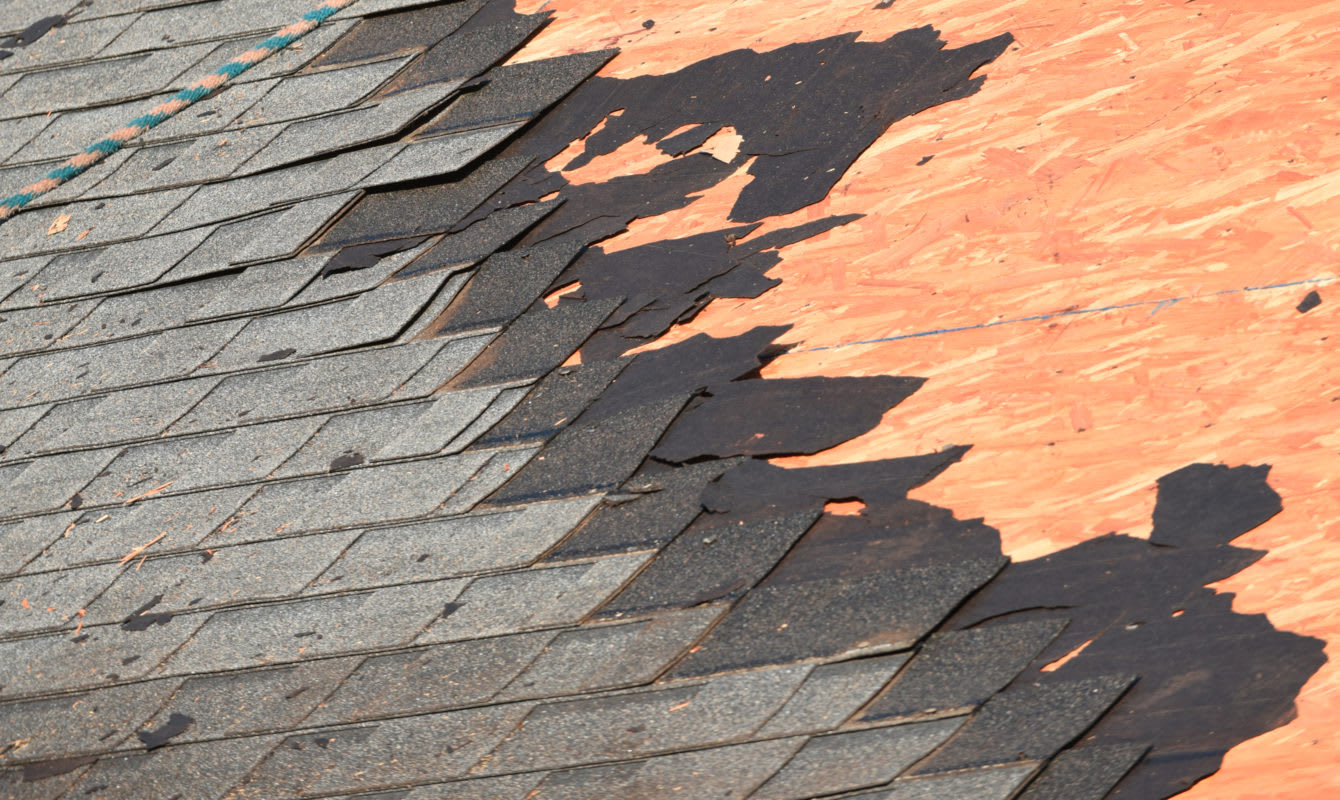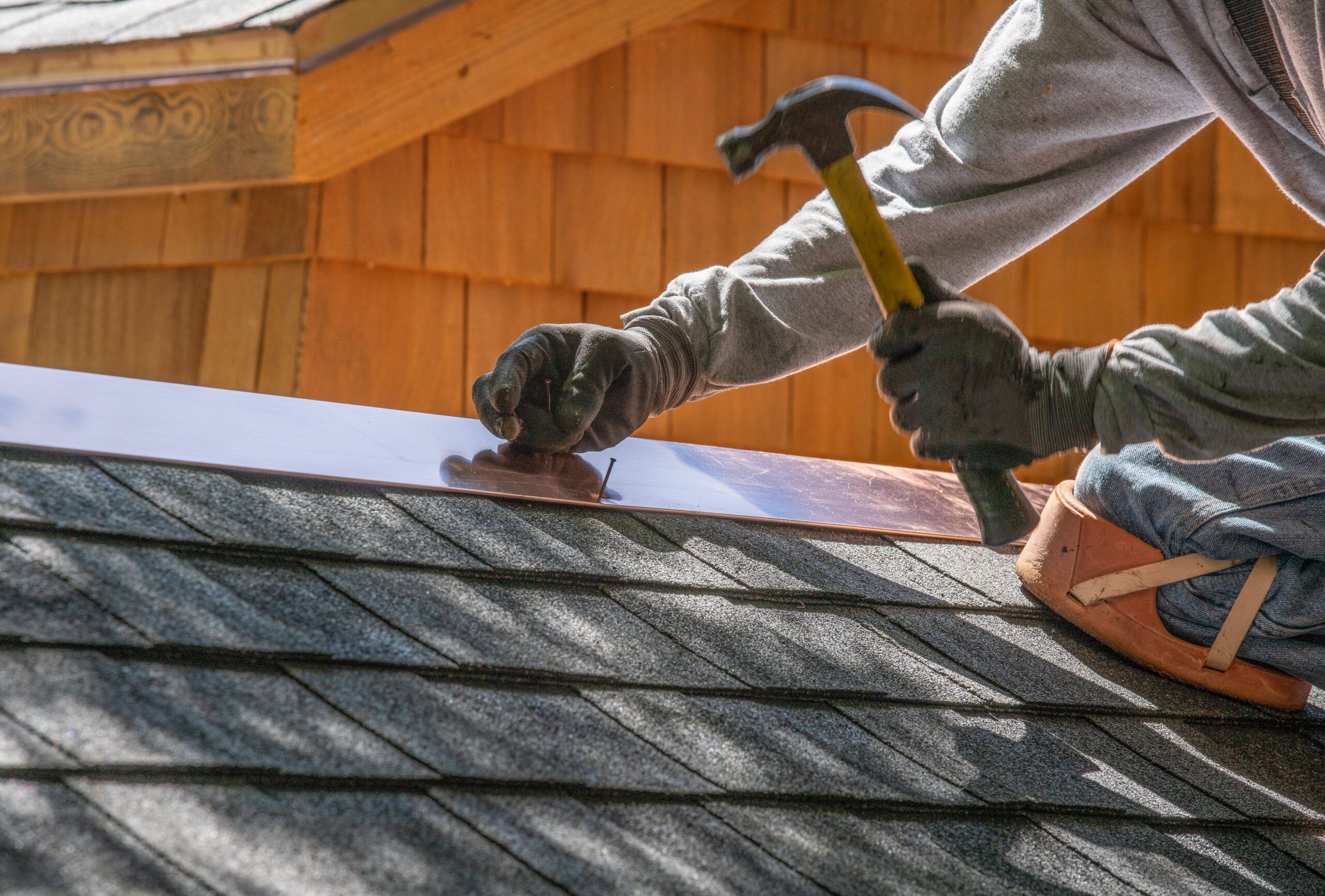Comprehending the Different Kinds Of Roofs: A Comprehensive Overview for Homeowners
In the world of homeownership, selecting the suitable roof covering design is a choice that carries considerable effects for both performance and aesthetic charm. With a range of choices-- ranging from the conventional gable to the contemporary flat-- each type offers special advantages and challenges that should line up with the property owner's certain demands and environmental factors to consider. Comprehending these differences not only aids in making an informed selection however additionally influences long-term maintenance and power efficiency. As we explore the complexities of different roof covering types, it ends up being obvious that one size does not fit all; the best option might surprise you.
Gable Roofings
Saddleback roofs, characterized by their triangular shape, are among the most prominent roofing designs due to their simplicity and efficiency in shedding water and snow. This design includes 2 sloping sides that fulfill at a ridge, enabling reliable drain and decreasing the danger of water accumulation. The high pitch frequently related to gable roofing systems improves their ability to handle heavy rainfall, making them ideal for different climates.
Along with their practical advantages, gable roof coverings use visual flexibility. They can be adapted to numerous building designs, from traditional to modern-day homes. The layout can likewise fit added features such as dormer home windows, which improve natural light and air flow in the attic room area.
In addition, saddleback roofs provide adequate area for insulation, adding to power effectiveness. Homeowners can select from a selection of roof covering materials, consisting of asphalt roof shingles, metal, and ceramic tiles, better boosting modification alternatives.
In spite of their benefits, gable roofings may require extra support in areas prone to high winds or heavy snowfall. In general, the gable roof remains a popular option because of its mix of capability, toughness, and aesthetic appeal.
Flat Roofs
Level roofs are often recognized for their minimal design and sensible applications, specifically in commercial and business setups (oahu roofing). These roofs include a horizontal or almost straight surface area, which enables for simple building and construction and versatile room use. While they may lack the visual charm of pitched roofing systems, level roofs use many benefits, particularly in urban settings where making the most of area is important
One of the main advantages of level roof coverings is their ease of access. Homeowners can make use of the roof covering room for various purposes, such as roof gardens, balconies, or photovoltaic panel setups. In addition, flat roofing systems are commonly much more cost-efficient to set up and preserve contrasted to their sloped counterparts, as they require fewer products and labor.
Typical products made use of for level roofs include built-up roof (BUR), customized bitumen, and single-ply membrane layers, each offering distinct benefits. Overall, level roofing systems offer as a practical and versatile option for several house owners and organizations alike.
Hip Roofing Systems
Hip roofing systems are defined by their sloped sides that converge at the top, forming a ridge. This style stands out from saddleback roofs, as all 4 sides of a hip roof covering slope downwards toward the walls, offering a more stable structure. The angle of the slopes can vary, permitting versatility in building visual appeals and functionality.
Among the key benefits of hip roof coverings is their ability to endure hefty winds and negative weather. The sloped surfaces make it possible for far better water drain, reducing the danger of leakages and water damage. Furthermore, hip roofings find offer enhanced attic room room, which can be utilized for storage and even transformed right into livable areas.
Nevertheless, creating a hip roof covering can be extra intricate and pricey than simpler roofing system types, such as saddleback roofs. The extra material and labor associated with creating the slopes and making sure proper architectural stability can cause higher expenses. In spite of these downsides, numerous home owners favor hip roof coverings for their resilience, visual appeal, and possibility for power performance.
Mansard Roofs
Mansard roof coverings, frequently identified by their unique four-sided style, function 2 slopes on each side, with the lower incline being steeper than the upper. This architectural style, originating from France in the 17th century, is not just visually attractive but functional, as it optimizes the useful room in the upper floorings of a building. The high lower slope enables even more clearance, making it an optimal option for attics or loft spaces, which can be converted right into living spaces.
Mansard roofs are characterized by their convenience, fitting numerous architectural designs, from traditional to modern. They can be built with various materials, consisting of asphalt tiles, slate, or metal, offering homeowners with an array of options to match their preferences and budget plans. In addition, the style enables the integration of dormer windows, enhancing natural light and ventilation in the top degrees.
However, it is vital to consider the possible disadvantages. Mansard roofings may require even more upkeep as a result of the intricacy of their layout, and their steep slopes can be testing for snow and rainfall overflow. In general, mansard roofing systems integrate sophistication with practicality, making them a prominent option among home owners helpful hints looking for distinct building functions.
Shed Roofing Systems
As property owners significantly seek simplicity and functionality in their building designs, lost roofings have emerged as a preferred selection. Identified by a single sloping aircraft, a shed roof provides a minimalist aesthetic that enhances different home styles, from contemporary to rustic.
Among the key benefits of a shed roof covering is its simple construction, which typically translates to reduce labor and product expenses. This design allows for reliable water drain, lowering the threat of leaks and water damages. Furthermore, the upright slope supplies ample room for skylights, boosting all-natural light within the interior.
Dropped roofs also use flexibility in terms of use. They can be properly incorporated right into additions, garages, or exterior frameworks like sheds and pavilions. Furthermore, this roof design can accommodate various roof covering materials, including steel, asphalt shingles, or also green roofings, straightening with environmentally friendly efforts.
Nonetheless, it is important to take into consideration local environment problems, as hefty find this snow loads might require changes to the roofing system's angle or framework. Overall, dropped roofings offer a sensible and aesthetically pleasing option for home owners aiming to make the most of performance without jeopardizing design.
Final Thought


Gable roof coverings, defined by their triangular shape, are amongst the most popular roof covering designs due to their simplicity and efficiency in shedding water and snow. oahu roofing. The steep pitch typically connected with gable roofing systems boosts their capacity to take care of hefty rainfall, making them ideal for numerous climates
While they may lack the aesthetic charm of pitched roofs, flat roofings provide countless advantages, specifically in urban environments where optimizing room is crucial.
